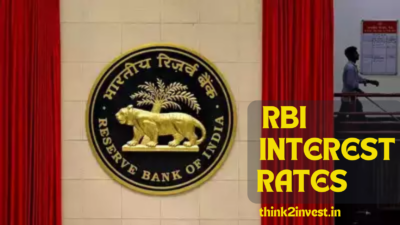When discussing businesses, especially in the world of startups and tech companies, two important terms often come up: Valuation and Revenue 📊📈
While they may seem similar, they represent very different concepts. Understanding the distinction between these two can help you better grasp how businesses are valued and why some companies are worth billions even if they aren’t making much money yet.
What Is Revenue?
Revenue is the lifeblood of any business. It represents the total amount of money a company earns from selling its products or services. For example, if a lemonade stand sells lemonade for $1 per cup and sells 100 cups in a day, the revenue for that day is $100. Revenue is a straightforward measure—it’s simply the money that flows into a business from its customers.
Revenue is often used as a basic indicator of a company’s success. The more revenue a business generates, the more it is typically seen as successful, as it indicates a high demand for its products or services.
What Is Valuation?
Valuation, on the other hand, is more complex. It’s an estimate of how much a business is worth, and it’s often determined by how much an investor is willing to pay to own a part of the company. Unlike revenue, valuation considers not just the current state of the business but also its future potential.
For instance, if the lemonade stand from our example is in a great location, has loyal customers, and has the potential to expand, an investor might value it at $1,000, even if it only made $500 in revenue last year. This valuation is based on the belief that the stand could grow significantly in the future, bringing in much more money.
The Instagram Example: Valuation Over Revenue
One of the most famous examples of valuation overshadowing revenue is Instagram. When Facebook bought Instagram in 2012, Instagram had very little revenue. They weren’t making much money from ads or other sources yet, but they had something even more valuable: millions of users and rapid growth.
Despite its low revenue, Facebook saw the enormous potential of Instagram and paid $1 billion to acquire the company. This $1 billion was Instagram’s valuation, a figure based on what Facebook believed Instagram could become, rather than what it was earning at that moment.
Read this article for more information on Instagram valuation.
Why Valuation Can Be Much Higher Than Revenue
Valuation often reflects what investors believe a company could achieve in the future, rather than just its current earnings. In the tech world, companies are often valued based on factors like user growth, market potential, and innovation. Investors might look at a company’s potential to disrupt an industry or create new markets and be willing to pay a high price for that potential.
This is why some companies, especially startups, can have valuations that are many times higher than their revenue. Investors are betting that these companies will grow rapidly and eventually generate significant profits.
The Risks and Rewards of High Valuations
While high valuations can be exciting, they also come with risks. If a company doesn’t live up to its potential, its valuation can drop quickly, leading to losses for investors. However, if the company succeeds, those early investors can see massive returns.
This dynamic is what drives much of the excitement in the startup and tech sectors, where companies can go from small operations to multi-billion-dollar giants in just a few years.
Valuation’s Role in the Stock Market
Valuation plays a crucial role in the stock market as it helps investors determine the worth of a company and whether its stock is a good investment. Here’s how valuation influences the stock market:
1. Stock Price Determination
The valuation of a company directly affects its stock price. If a company is valued highly, its stock price will generally be higher. Investors look at valuation metrics, like Price-to-Earnings (P/E) ratio, to decide if a stock is overvalued, undervalued, or fairly priced.
2. Investment Decisions
Investors use valuation to decide whether to buy, hold, or sell a stock.
If a company’s stock is trading below its estimated valuation, it might be seen as a good buy. Conversely, if it’s trading above its valuation, investors might consider selling.
3. Market Sentiment
Valuations can reflect market sentiment. A high valuation might indicate that investors are optimistic about a company’s future, while a low valuation could signal concerns about its prospects.
4. Mergers and Acquisitions
Valuations are key in mergers and acquisitions. A company looking to acquire another will assess its valuation to determine a fair price. High valuations can lead to significant stock price movements when deals are announced.
5. IPO Pricing
When a company goes public through an Initial Public Offering (IPO), its valuation helps set the initial stock price. A higher valuation can lead to a higher IPO price, attracting investors who believe in the company’s growth potential.
Conclusion
Understanding the difference between valuation and revenue is crucial for anyone interested in business, investing, or entrepreneurship. Revenue is about what a company is earning now, while valuation is about what it could be worth in the future. In many cases, especially in the world of startups, it’s the future potential that captures the most attention—and drives the highest valuations.
For more insights on related topics, you might find these articles.





